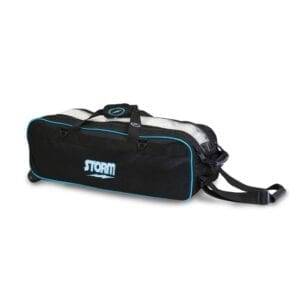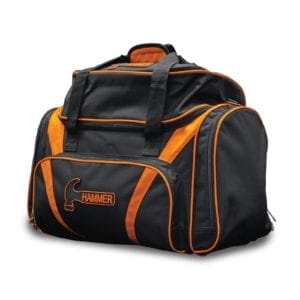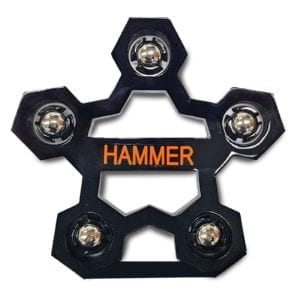By Michael Cousins
Today, we’re going to readdress the article we did on plastic, given that all of the Facebook Warriors came to the defense of plastic balls.
Which is fine. Listen, we love discussion, we love the comments, we love all of the ideas. Truly! And if it weren’t for your dialogue, we wouldn’t have written this. So thank you!
But the problem is that the primary point of the article was missed, and perhaps that’s my fault, but in this article I’d like to address some of those misunderstandings.
First, I wasn’t referencing competitive play, I specifically said I understand why some of the two-handers (and by association, players with high revrates) use them on shorter patterns. Sometimes, there aren’t other options. And they have the rev rate to make it work. Also, the shorter patterns allow you to play angles that help plastic to be effective. I get it. Personally, I wouldn’t do it, as I haven’t personally bowled on any short pattern that I haven’t been able to use urethane or resin, but my revrate isn’t 600, so — again — I understand it.
Secondly, I wasn’t referencing wooden lanes or extreme conditions that haven’t been all that relevant in quite some time. For example, someone mentioned that he uses plastic when bowling on wooden lanes and patterns using 19mils or less. Obviously, in those situations, I understand where plastic CAN be used. But how often are you running into those situations? Listen, there are always specific scenarios where things that aren’t typically applicable are applicable; there are exceptions to all rules. But that article wasn’t referencing the “exceptions,” it was referring to the general “rule.”
Also, the article had nothing to do with ball sales or trying to help ball companies sell their high end bowling balls or to try to help our pro shops sell $220.00 balls. I can speak for all of our PSOs when I say that we are trying to put the RIGHT ball in all of our customers’ hands. If I feel that is a $140.00 entry level ball or a $220.00 ball I will make the sale. Same goes for a $90.00 plastic ball. If I truly felt it would help a customer strike, I’d sell it. I just don’t.
Lastly, plastic won’t only handicap your performance; it’ll also hinder your teammates. I touched on this in the last article, as well. If you’re throwing plastic and the rest of your team isn’t, you’re going to break the lanes down awkwardly for them. The reason I say awkwardly is simple: resin doesn’t carry oil down the lane (I’m sure people will disagree with this also); it absorbs oil. Polyester, however, moves oil down the lane. So the moves they’re accustomed to making will be different and a fair bit more challenging.
The article specifically referenced a typical Tuesday night Mixed League. Typical being the key word. So for your typical league bowler. Where, typically, you’re bowling on a house shot. Typically, they’re easy. Typically, they’re not on wood. Typically, they’re not using short oil patterns. Typically, they’re not using under 19mils. In these typical situations, bowlers will benefit far more from the technology that modern day reactive resin bowling balls offer than they will from yesteryears plastic — including the ones with asymmetrical weight blocks.
Moving left is an advantage in bowling. Don’t believe me, take a look at the PBA Tour. Being able to do it at a high level is a competitive advantage. Doing it in league, when they open up, will put you left of other bowlers, which makes your moves easier. You’ll have hold left, due to the oil, and you’ll have hook right, due to the other players burning up a spot for you. And you can’t take full advantage of this with plastic.
The point of the last article wasn’t to tell anyone how to bowl or how to play the game. The point was to educate and inform the bowlers that don’t know any better that there are options other than plastic when the lanes dry out.





























































All balls move oil down the lane, just stand beside the last lane near the end and watch during practice. Yes plastic moves more oil down and in areas that will affect the line most often played. But if resin balls did not carry down oil then in most cases we would have no carry down since most all people bowl with resin balls today.